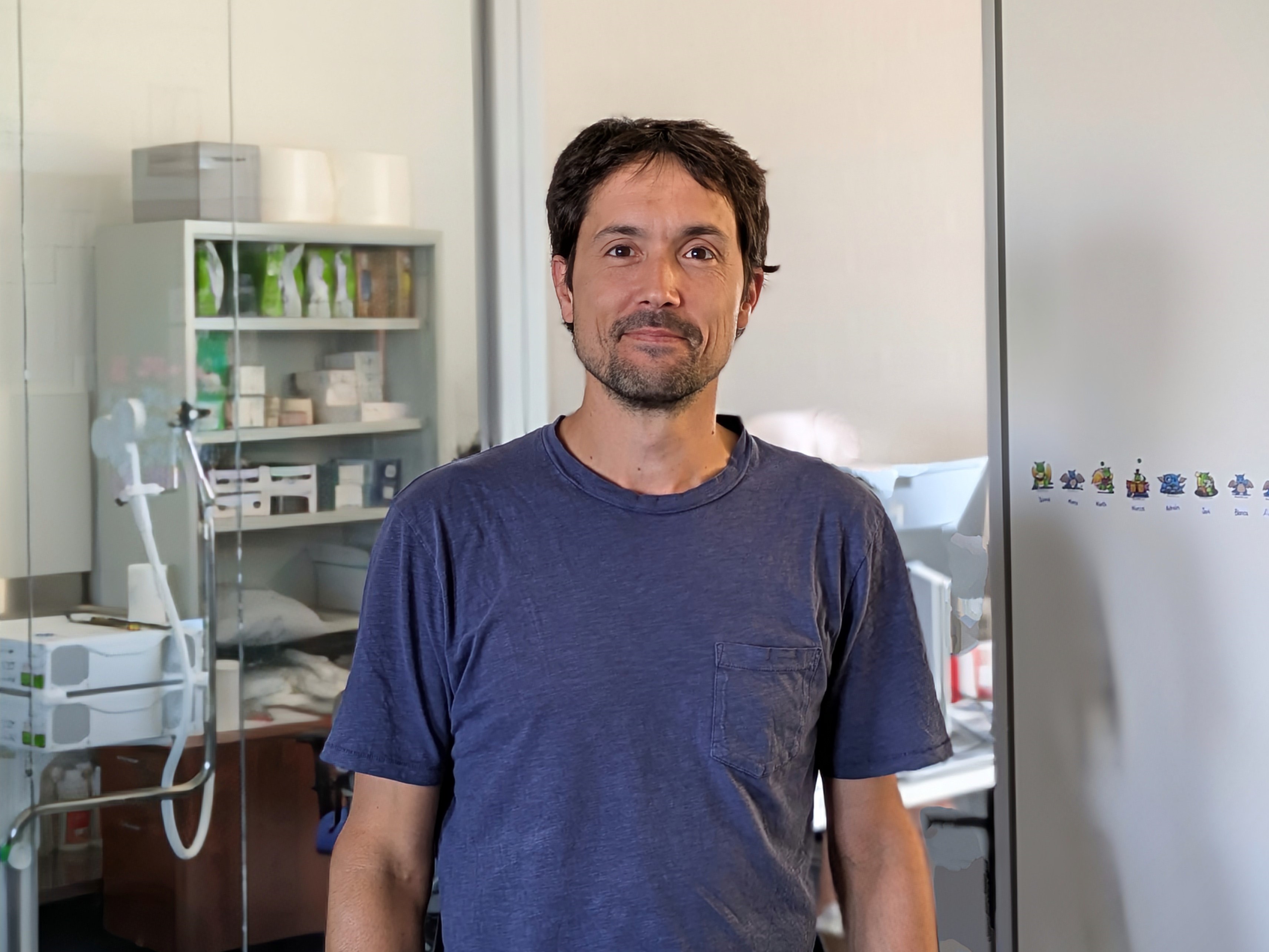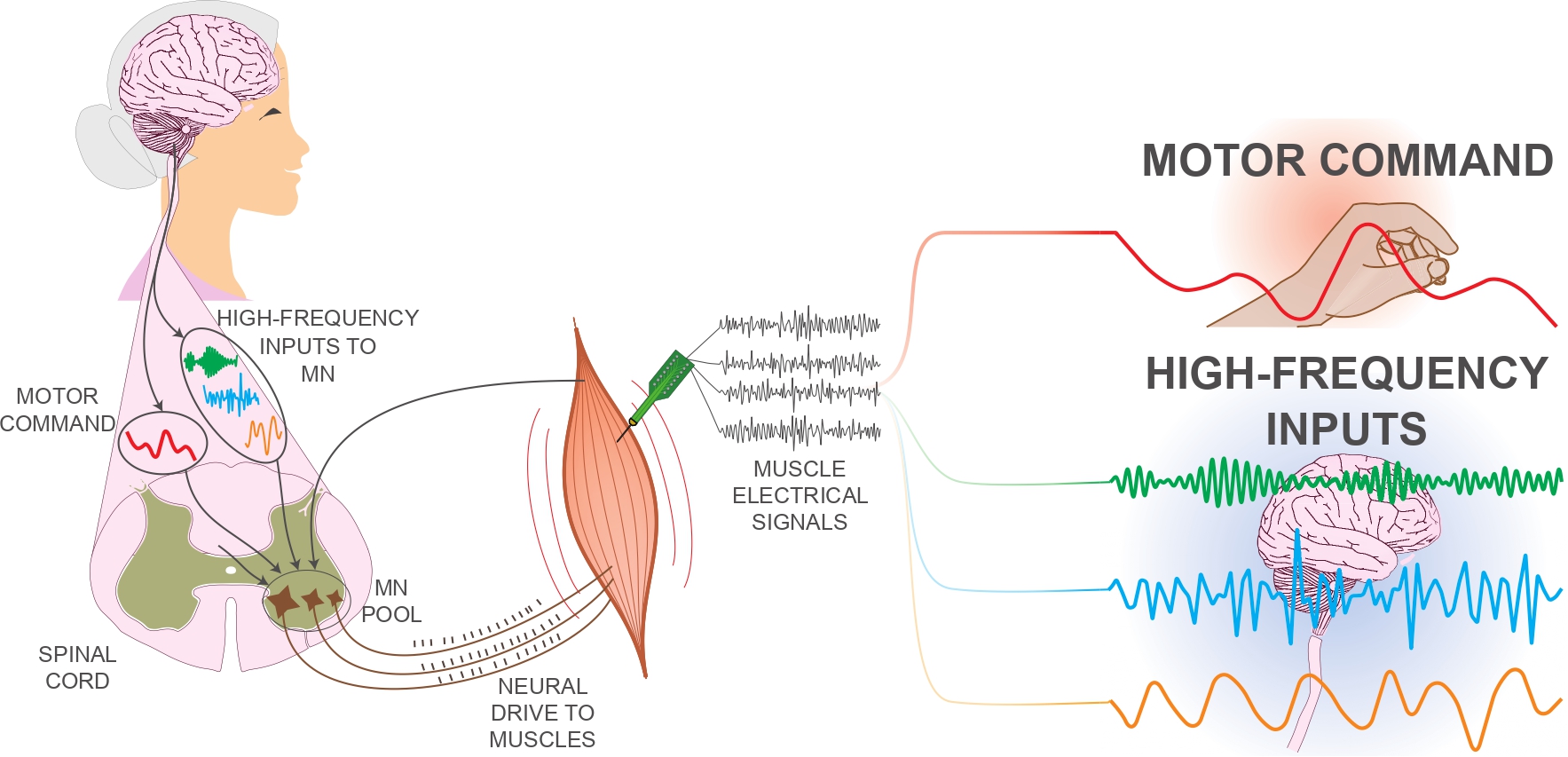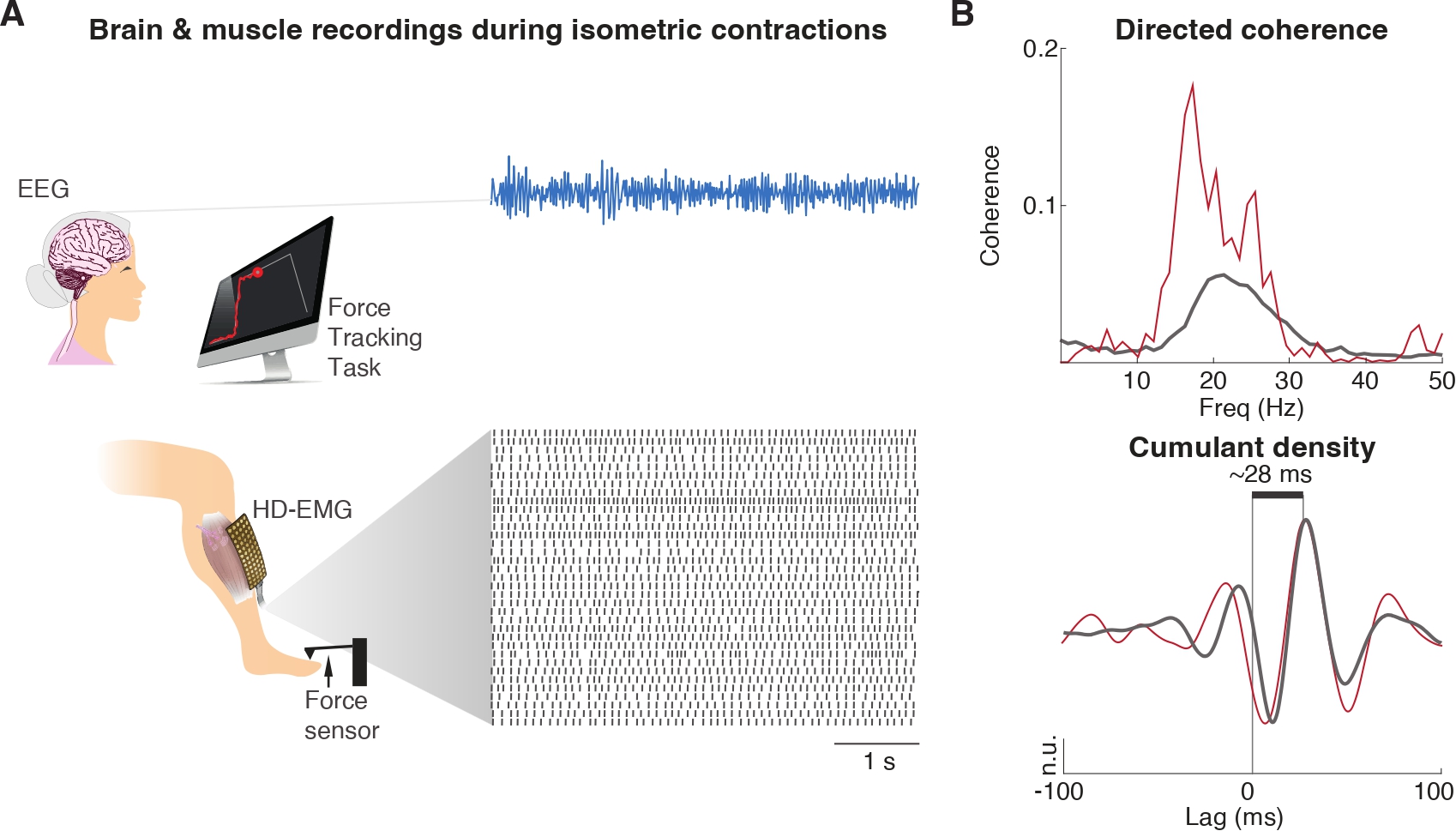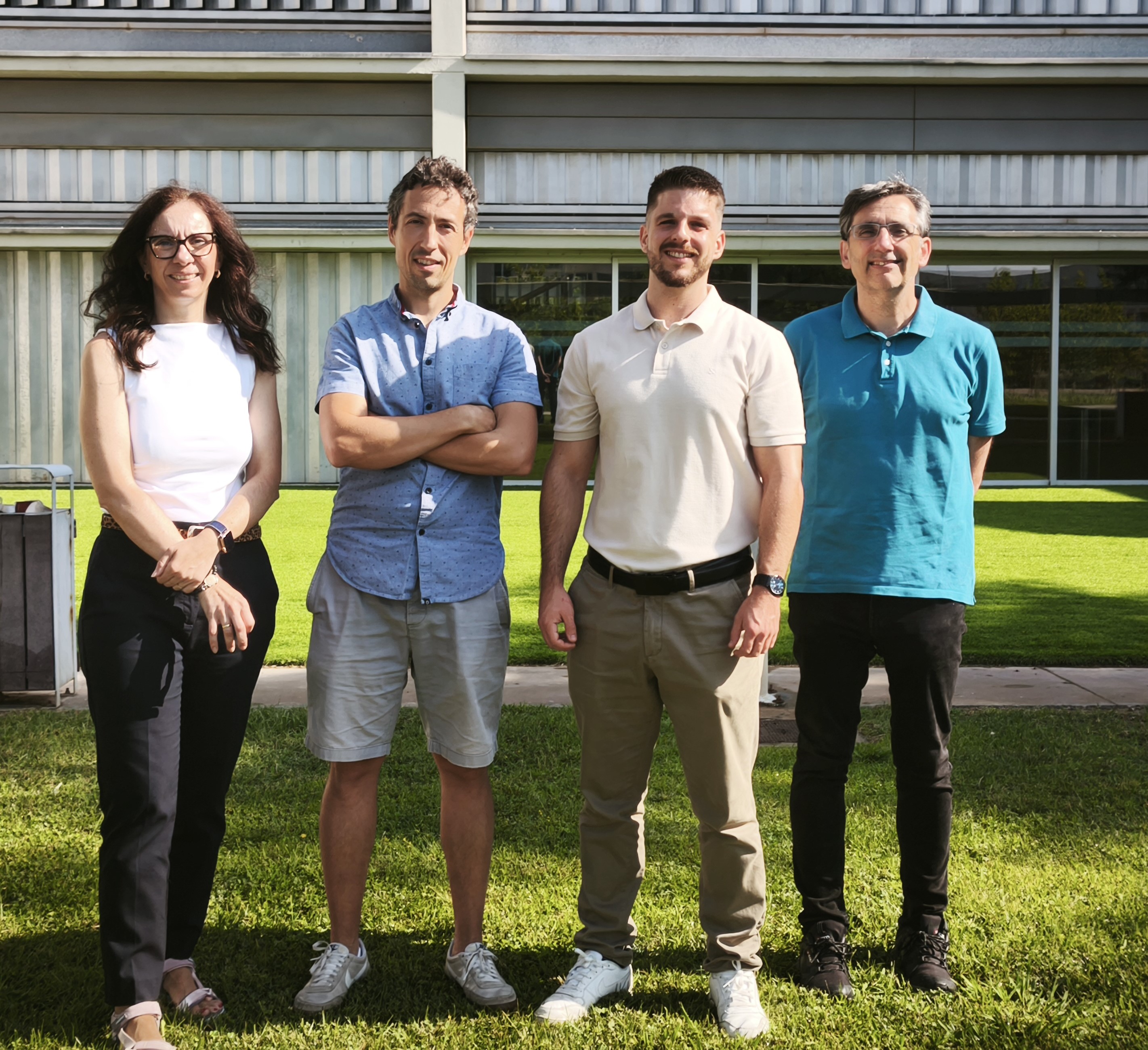
An international team of researchers, led by Jaime Ibáñez, a researcher at I3A, the Aragon Engineering Research Institute of the University of Zaragoza, and the Aragon Health Research Institute (IIS Aragon), proposes a new line of work arguing that it is possible to develop non-invasive technologies to read brain signals using muscle sensors. A new way of approaching and getting to know the human brain, doing it from the muscles. A work that has just been published in the journal Nature Biomedical Engineering.
As Jaime Ibáñez explains, "our muscles not only execute the orders that reach them from the brain, they also reflect various sources of information that they receive from multiple regions of the nervous system. We can take advantage of that to access brain activity without using invasive methods."
The technologies used to date to directly measure central nervous system activity are limited by their resolution, sensitivity to interference and invasiveness. Advances in muscle sensors and artificial intelligence make it possible to decode the activity of spinal motor neurons in real time and with high precision.
The focus of this article (“Peripheral Neural Interfaces for Reading High-Frequency Brain Signals”) is the analysis of the activity of these spinal motor neurons, which act as the last link in the nervous system before a command reaches the muscle. These neurons receive signals from different areas of the brain and spinal cord, and their activation pattern is reflected in the muscles in a direct and measurable way.
The research team argues that peripheral neural connections using muscle sensors are a promising, noninvasive approach to estimate central nervous system neuronal activity that reaches motor neurons, but does not directly modulate force production.
Since at least some of the information that reaches the output of the nervous system is known to originate in regions of the central nervous system, such as the cortex, recording from muscle tissue could allow a new type of human interface to be established not only with the peripheral nervous system but also with the central system, according to the scientific paper.
"If successfully developed, this technology would offer multiple theoretical advantages over existing technologies. It would be a noninvasive, portable, highly robust, safe and accessible alternative, given its potential low cost and usability outside the clinical setting," says researcher Jaime Ibáñez.
The authors base their work on different principles such as the ability of muscles to transmit multiple sources of information, the intimate relationship between brain activity and that measured in the musculature, and the possibility of decoding neuronal activity using advanced signal processing and artificial intelligence techniques.
The article also identifies current limitations and challenges to be overcome, such as the need for muscle activation to extract useful information, the difficulties in decoding neural information in dynamic movements, or the still limited understanding of the type of information exchanged between muscles and the brain. We present a theoretical perspective based on existing scientific evidence and propose directions for future research, not new experimental results.


Authors:
· Jaime Ibáñez, grupo de investigación Biomedical Signal Interpretation and Computational Simulation del I3A Unizar y del IIS Aragón.
· Blanka Zicher, Etienne Burdet, Dario Farina, Department of Bioengineering, Imperial College, London.
· Carsten Mehring, Faculty of Biology, University of Freiburg, Freiburg im Breisgau, Germany.
· Stuart N. Baker, Institute of Neuroscience, Newcastle University, Newcastle upon Tyne, UK.
Access the complete article: “Peripheral neural interfaces for reading high-frequency brain signals” https://www.nature.com/articles/s41551-025-01445-1
Funding: this work has been funded, among others, by a Ramón y Cajal grant (RYC2021-031905-I) financed by the Ministry of Science, Innovation and Universities with NextGeneration funds from the European Union, and by the European Research Council (ERC) through a Starting Grant project (ECHOES project, ID: 101077693).





